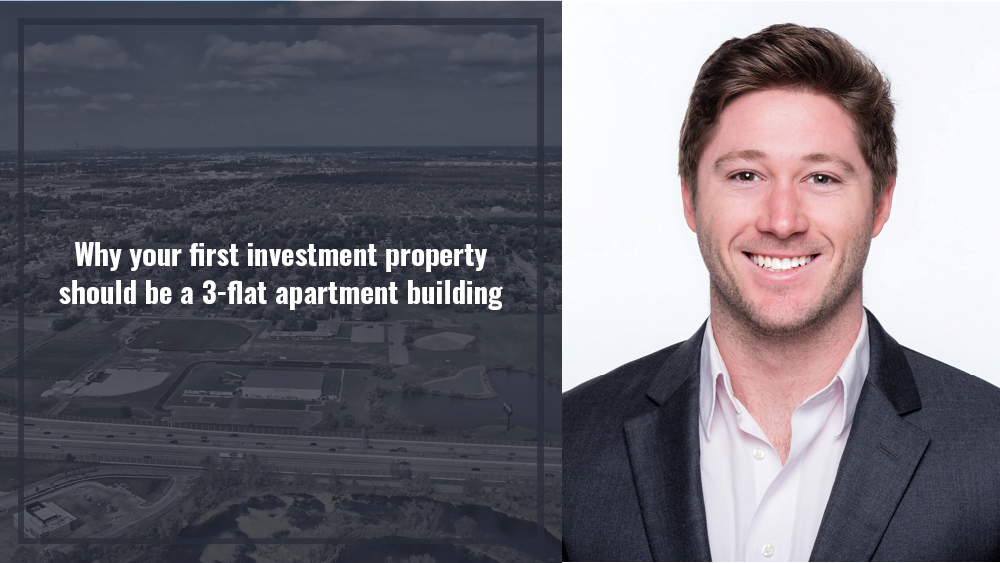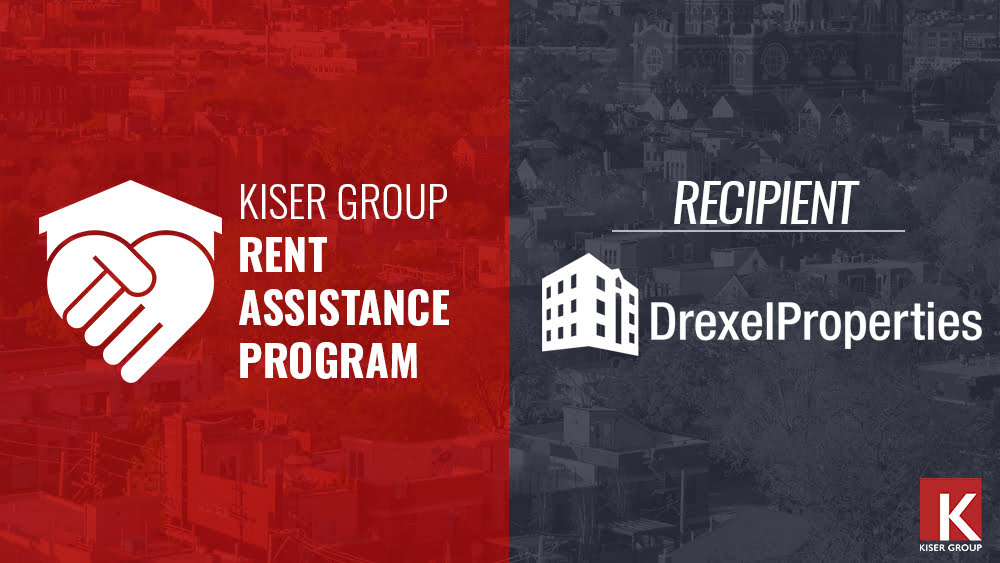03.23.21
Why your first investment property should be a 3-flat apartment building

First Investment Property
Real estate is a great way to diversify your portfolio and build wealth. Every day I speak with people looking to make their first real estate investment. Purchasing an apartment building is a great investment because it offers an individual the opportunity to minimize end-of-year expenses by optimizing rental income to pay off your mortgage via third parties and gain invaluable experience in managing a building providing a scale to future investments.
Defining your risk tolerance is key before making the leap. How much capital do you have to invest? Do you need the income from the property to pay your bills outside of the investment? Are you going to buy and hold or renovate and then sell? The answers to these questions will inform the type of property you are looking for.
Access to Capital
If you are buying a three-flat in Chicago’s south and west sides, an owner-occupant has the ability to purchase a 2-4 unit building with as low as 3.5% down (for an FHA loan). So, for a $500,000 purchase, that’s only $17,500 of capital needed. If that same buyer were to purchase a $500,000 building with 5 units or up, they would need somewhere between $100,000-$150,000. The price range varies greatly depending on the area you are looking, as well as which type of loan you will be acquiring. There are many options and answers to this question, with countless options to best suit your individual needs.
Owner/Occupied
Many people have found success in living in their first apartment investment property. As the owner-occupier, you are more in touch with the property and its residents. In a 3-flat, the other two units’ rent collections will cover the mortgage and mild repairs and upkeep. Of course, if you are able to rent out the additional unit, the property will be able to generate more cash. Being in such close contact with your tenants, many owners get a true hands-on experience in relation to running a building’s daily operations. As you gain both experience and confidence in successfully managing your asset, many people find the jump to a larger investment, say a 6 flat, much more manageable than one starting from scratch. Purchasing a 3 flat as an owner/occupant offers the unique opportunity to gain valuable experience while optimizing one’s income.
Buy & Hold Versus Value-Add
For your first property, I don’t recommend buying an apartment that requires significant repairs. Even minor repairs, done improperly, can cause headaches down the road and end up costing more than anticipated. Many find that even with new construction, regular maintenance of running a building will offer enough opportunities to get a solid foothold of what to expect in the management, as well as how to address various issues that arise. As you become more seasoned as an investor or if you come from a construction background, then begin looking at value-add deals.
Important Factors to Successfully Manage a Building
Many, many nuances successfully run a building, with no shortage of avenues to build a profitable asset. However, one of the easiest and most efficient ways to achieve this comes down to the quality of your tenant base. It is important to qualify applicants for a number of reasons, such as by checking their credit history, any records of past evictions, criminal history records, employment status, and reference checks with any past landlords listed. Of course, it is essential to assure the possible candidate is financially capable of making payments. Still, you also want to qualify enough to be confident they will treat both you and your building with respect.
Many find that taking the time to complete this due diligence in vetting candidates pays itself off in the long run. Just as in life, the experience is most often the best teacher, and the same could be said for real estate.
Learning the nuances can surely seem overwhelming. Starting as an owner-occupant of a 3 flat offers the unique opportunity to acquire a scalable multifamily investment while minimizing your expenses and optimizing your level of experience. While property management is certainly a scalable tool, there is no better opportunity to learn what to do, and more importantly, what not to do, than a hands-on operation where you can personally manage the asset.
